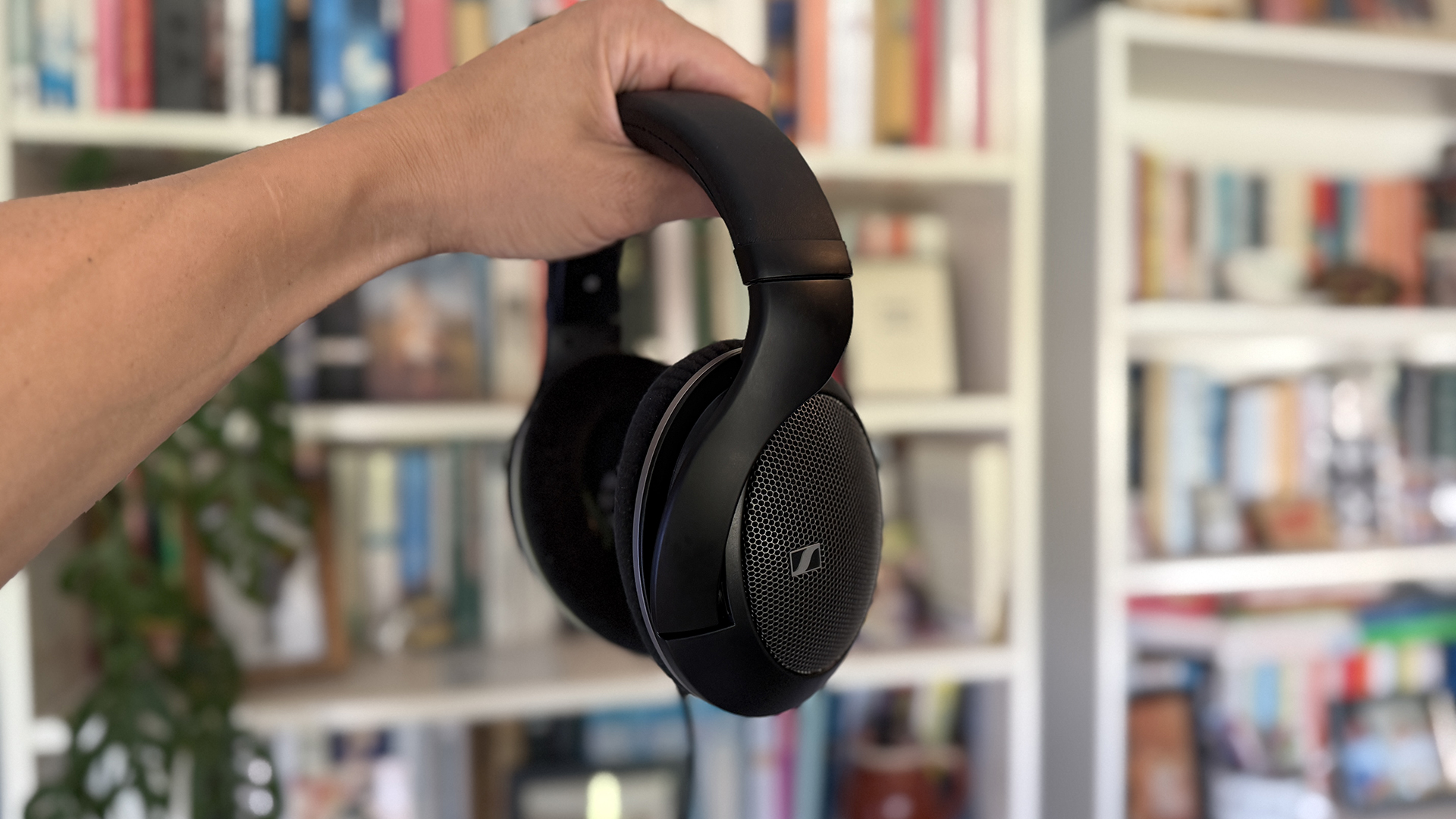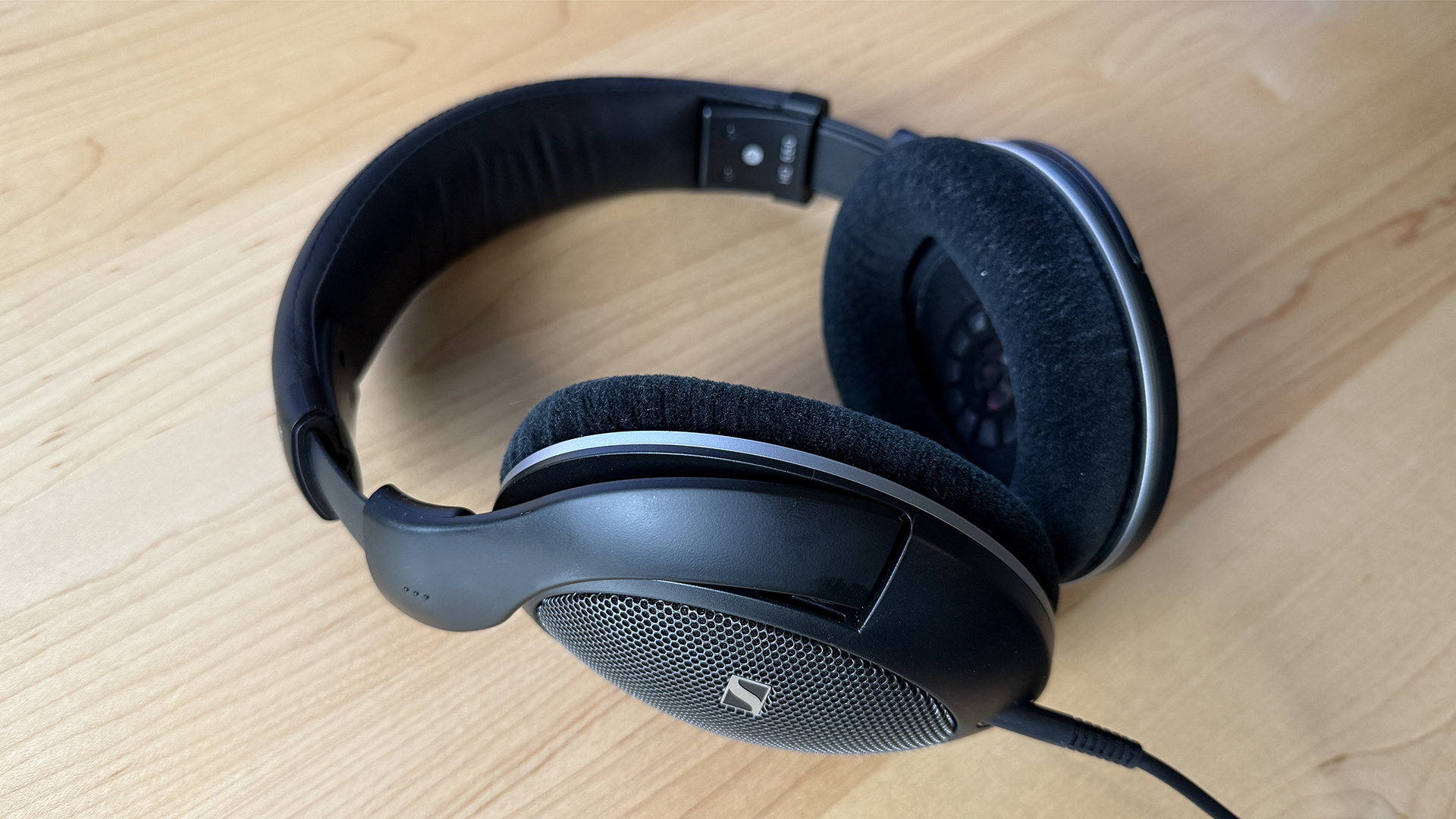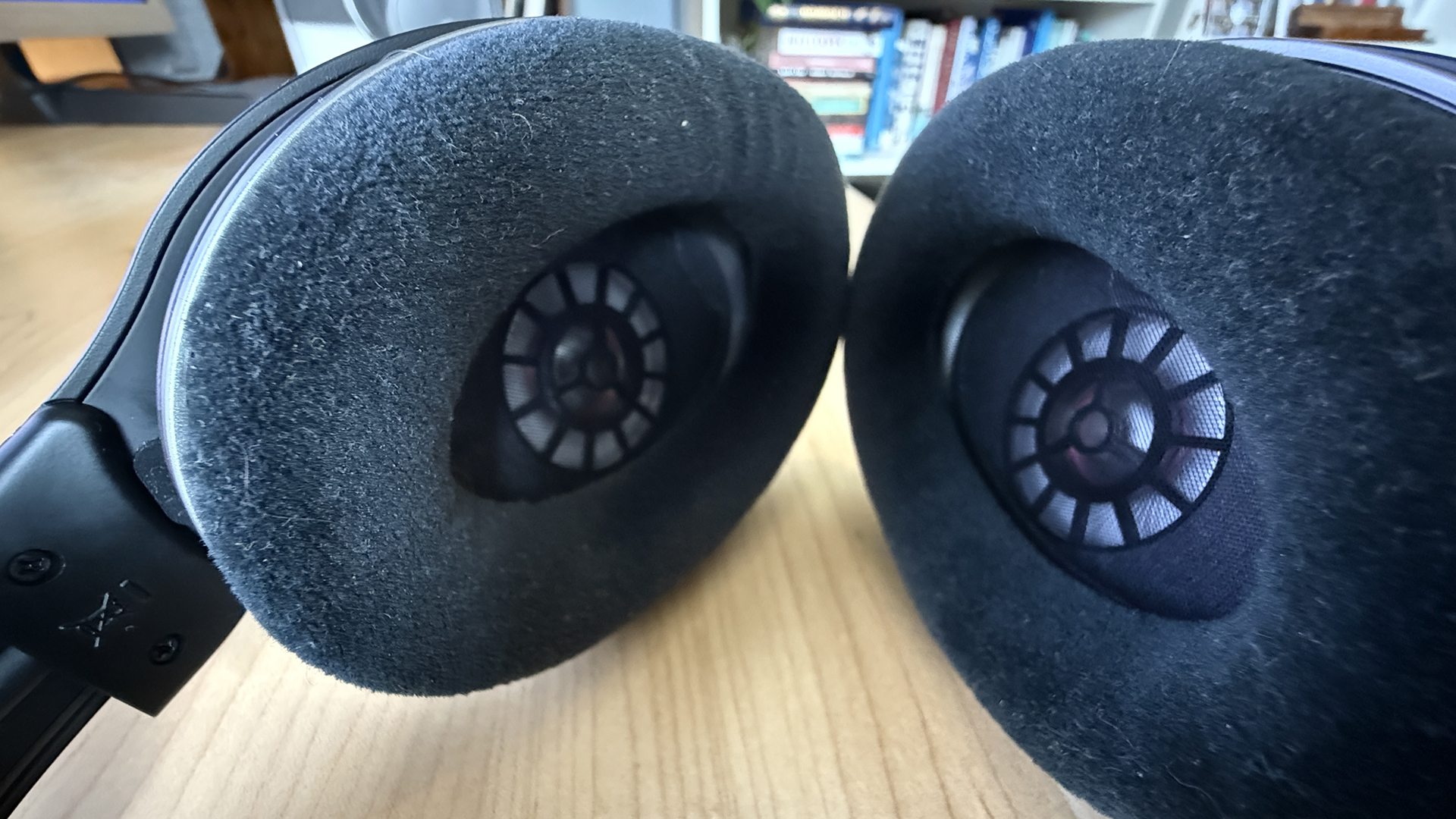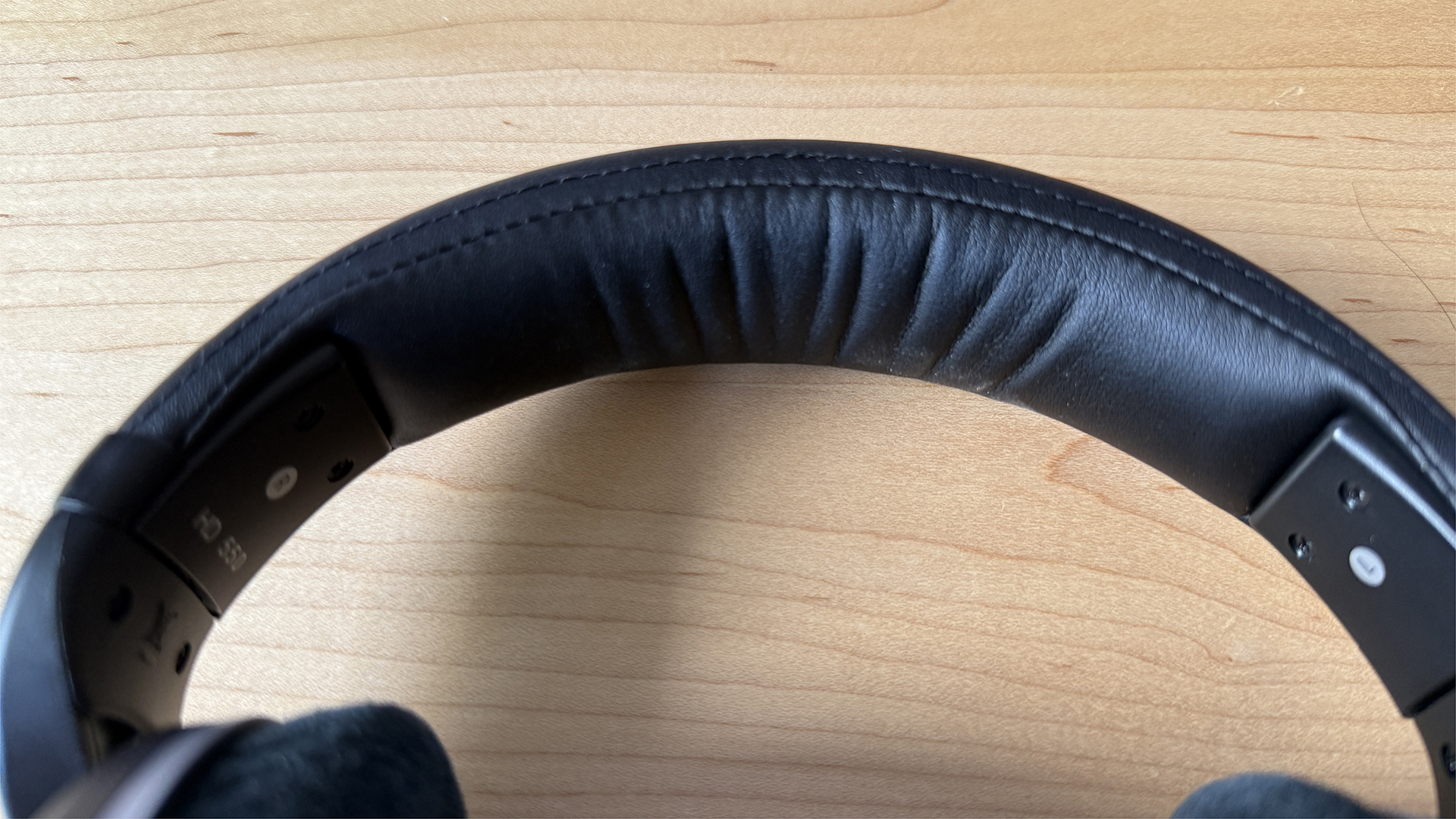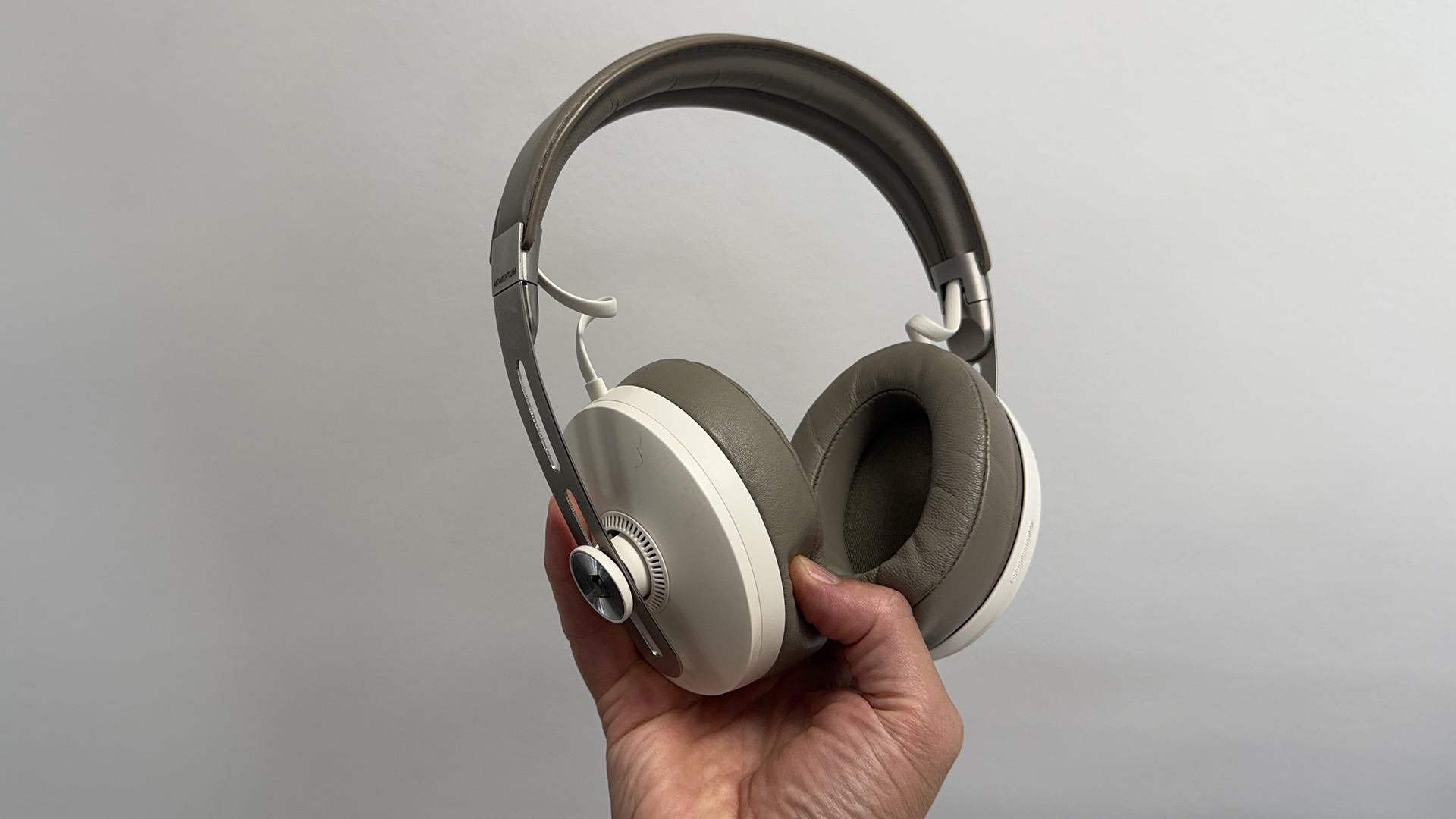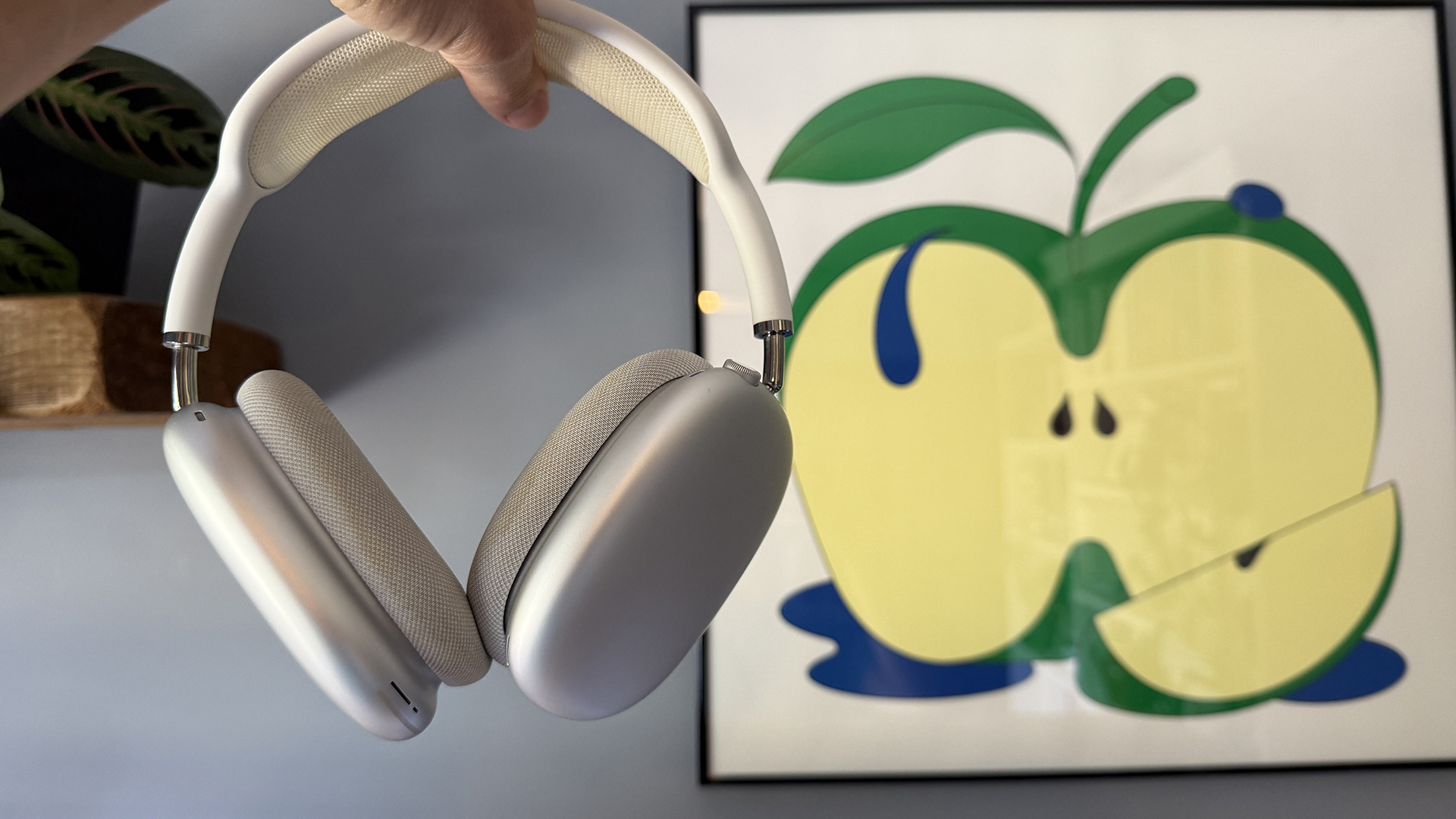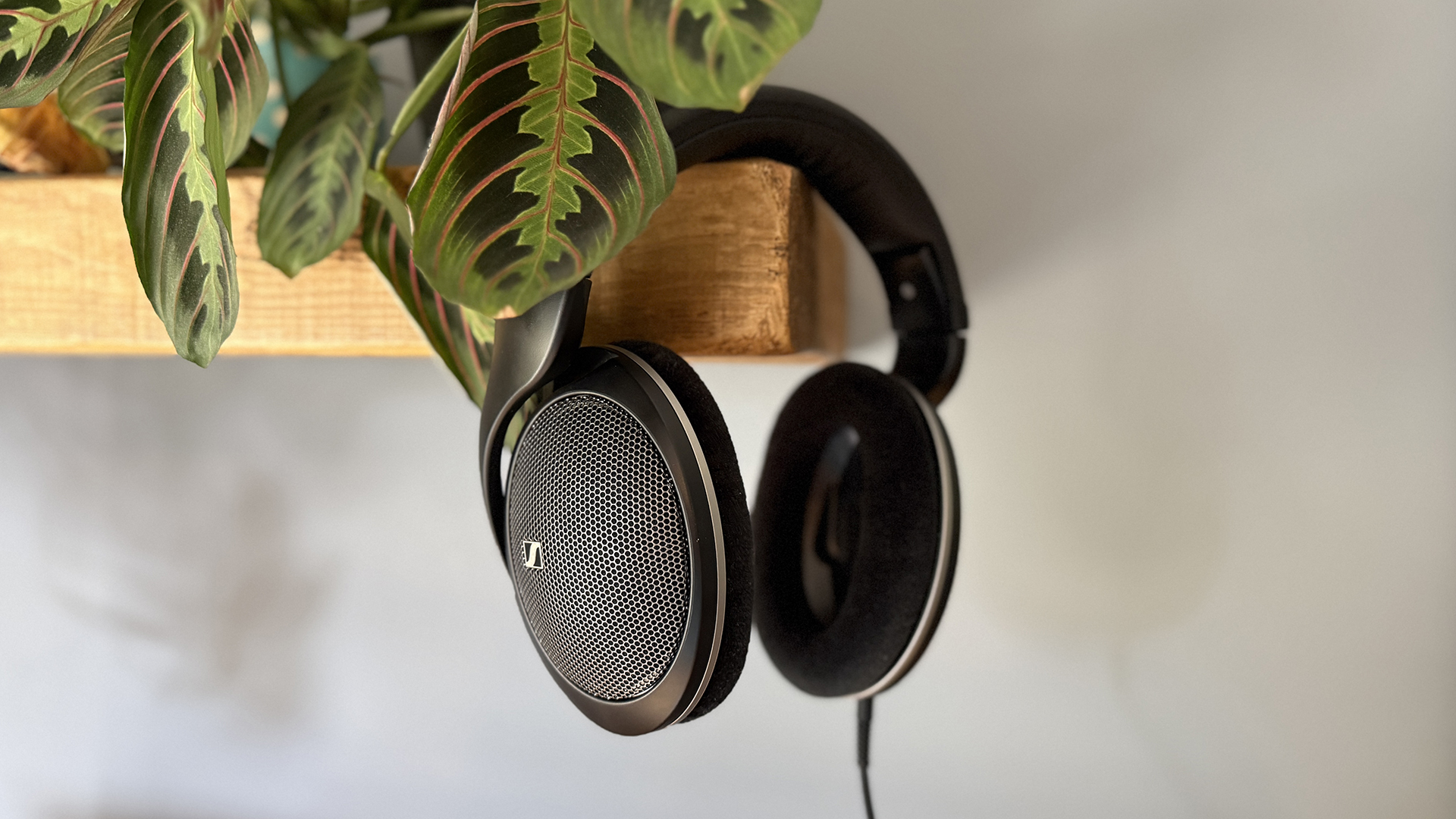
I’ve always been a music fan. ‘Fan’ as in fanatic. It’s all I cared about at school and college and, regardless of my actual degree, it was the subject that I studied at university. It also dictated the first few jobs I had after graduation. Working in record stores (remember them?) with other music geeks expanded my tastes, and living in Bristol – a city steeped in music – there was a never-ending rota of acts playing every weekend. Wearing headphones was a thing I did when I couldn’t blast out my latest fixation on my stereo (something I still do).
And, apart from my daily commute, that was the story until earlier this month, when I got a pair of Sennheiser HD 550 headphones, and plugged them into the MacBook I do a little video editing on. Listening to music on them at home is now my favourite thing and I want to tell you all about it.
Why are they so good?
First, their comfort and fit is a step up from most of the headphones I’ve had (I’m looking at you AirPods Max). But really it’s all about the sound. Sensing that something special was happening, I put on Radiohead’s OK Computer – an album I know inside and out – to see what was going on.
The album sounded like it was presented wider in front of me (audio term: soundstage), and I could clearly place instruments within that space (imaging). There was also more detail and texture to everything. I could pick out individual instruments easier, even picking up on guitar and vocal lines I hadn’t noticed before (clarity: duh!). It was like listening to a new remaster of an album I’ve consistently been listening to for nearly 30 years.
But there was something else happening. After swapping back to my non-wired, bluetooth headphones (Sennheiser Momentum 3, Soundcore Liberty 5, AirPods Max) the stark difference was the HD 550s didn’t have swampy bass overpowering each song like a syrupy fart.
Now, I love bass. Most people do. And, when you’re looking at an equaliser graph, if you’ve got a flat, neutral start, upping that bass and lower mid frequencies a bit brings a nice warm, friendly sound to the music (tonality). But add too much, and it drowns out loads of detail, filling up that soundstage like an airbag.
Why it took me so long (and why you may not go ‘audiophile’)?
If you’re like me, ‘audiophile’ sounds really lame. Like you’re trying to justify to disappointed parents that all those hours worshipping at the alter of rock/house/pop/whatever was totally worth it… ‘I’m legit, mum. See! It’s a scientific.’
I also remember in college hearing some poe-faced, chin-scratcher talk about him needing gold-wired cables and a multi-thousand dollar amp before he even thought about listening to music. I was always into how music made me feel instinctively, and that level of (expensive) scrutiny sounded like homework to me… I’ve always been an expert in enjoying music, not listening to it.
But that’s all bollocks, and getting into high quality audio is as easy as buying a good pair of wired headphones and having a computer or laptop with a jack port. Check out Super* Review, this completely-non-chin-scratching audiophile guy on YouTube who spells out what’s really important when it comes to enjoying audio. TL;DR: It’s how the music is produced (which is completely out of your hands) and the headphones you use. He politely shoves cables and amps waaaay down the list.
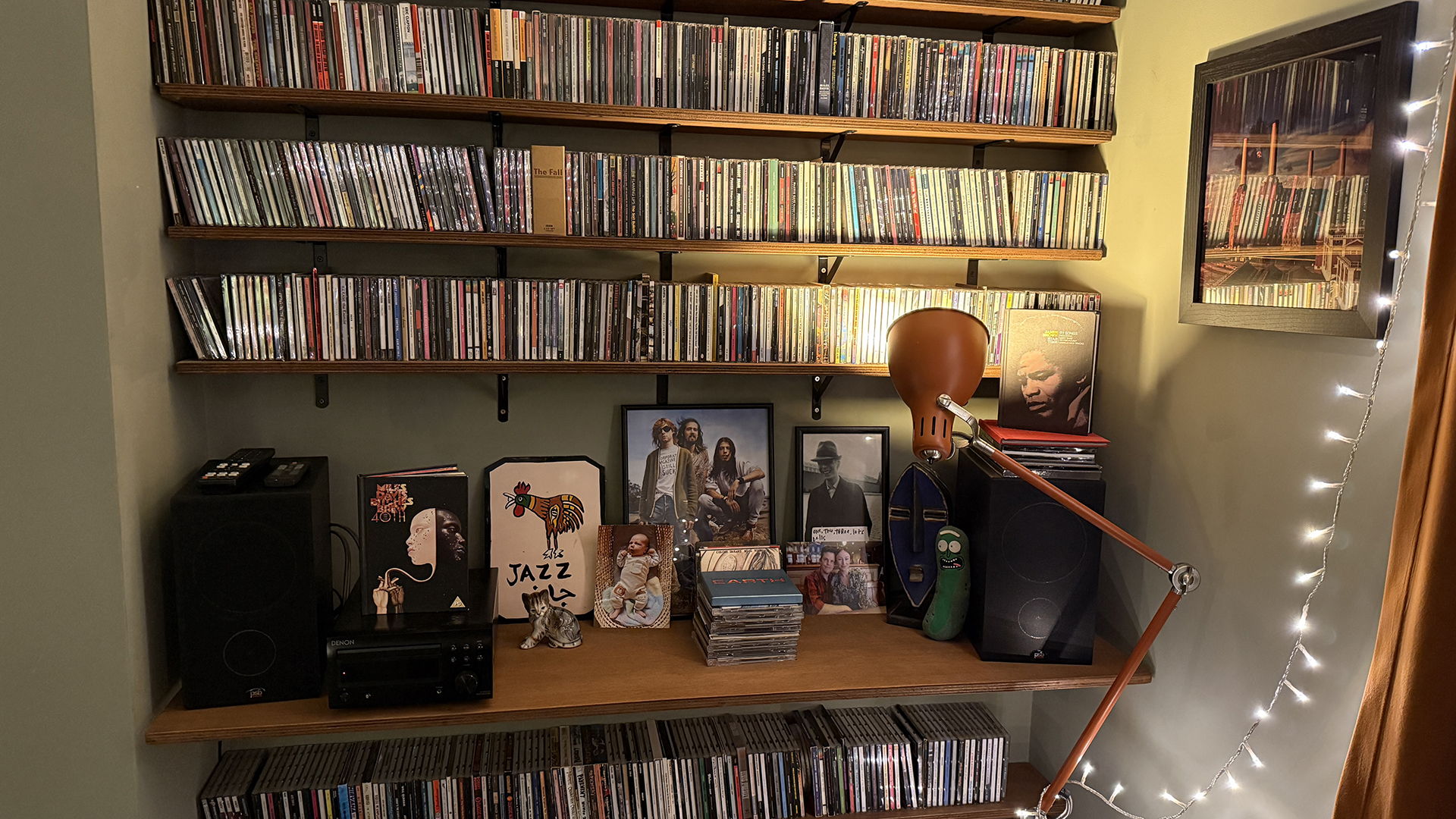
For many, the idea of being shackled to a wire is unappealing, especially as most music listeners are used to the convenience of bluetooth, active noise cancelling headphones. And I’m not going to start wearing the HD 550s on my morning train commute. They’re open-back (with no solid covering around each ear), so they’ll allow noise to bleed in and out of the headphone, and I don’t really want to share my favourite ABBA tracks with my fellow travellers, so I’ll keep my ANC cans for that.
But for anyone that has the time and space to sit at home and listen – actively listen – you could unlocked a whole new appreciation of music, and that’s pretty cool.

